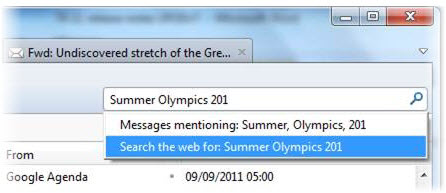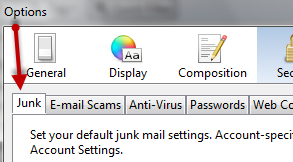

We’re going to switch from the default of IMAP to POP. For a significant number of web-mail providers Thunderbird will auto-populate the server information (courtesy of the Mozilla ISP Database) as seen in the screenshot below.
#Thunderbird email keeps going to junk password
If you’re satisfied with a local backup (or your backup service nabs your entire drive at one time) go ahead and proceed with the installation without any modifications.Īfter running Thunderbird for the first time, navigate to Tools –> Account Settings and then click on Account Actions (located in the lower left corner).įill in your username and password then click continue. Also, depending on which backup service you use and how much space you have, you might consider installing Thunderbird to your Dropbox (or similar service) directory so that your local backup will also be stored remotely.
#Thunderbird email keeps going to junk install
If you’re a Windows user you may consider opting to install Thunderbird portable so that you can have a totally self-contained installation suitable for transferring/backing up to a USB drive. Installing Thunderbird is straight forward but there are a few things you may want to consider based on your needs and desire for additional backups. When messages are accessed with POP keep Gmail’s copy in the Inbox. In the case of Gmail, our test service for this tutorials, you’ll need to navigate to Options –> Mail Settings –> Forwarding and POP/IMAP and then toggle the following settings 1.

Enabling Remote Access and Email Server Informationĭepending on the web-based email you’re using you may need to enable access before proceeding. The steps we’ll be guiding you through, however, will work for Thunderbird on any OS and for any web-based email provider which allow you to access your email through a third-party client-in fact, Thunderbird does an excellent job detecting the necessary information just from your email address.



 0 kommentar(er)
0 kommentar(er)
